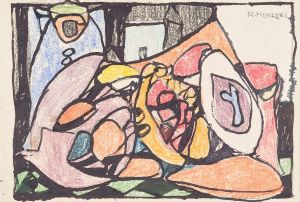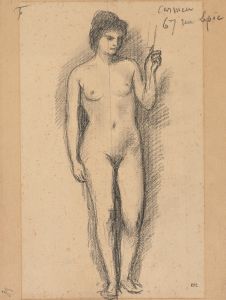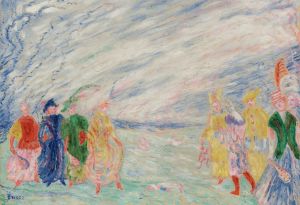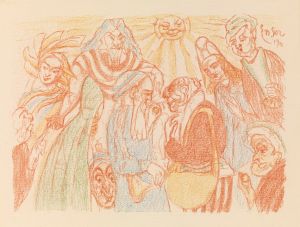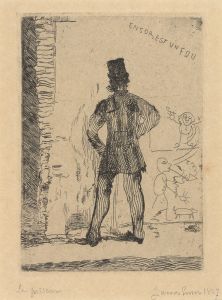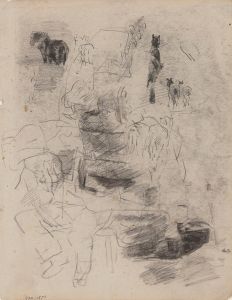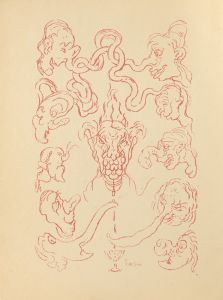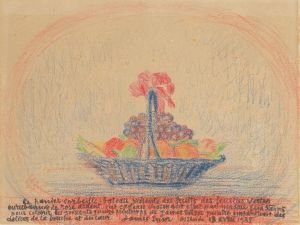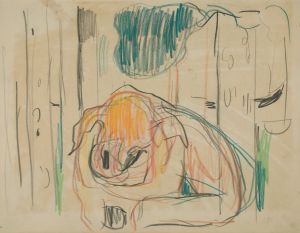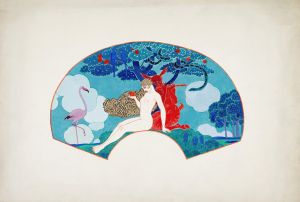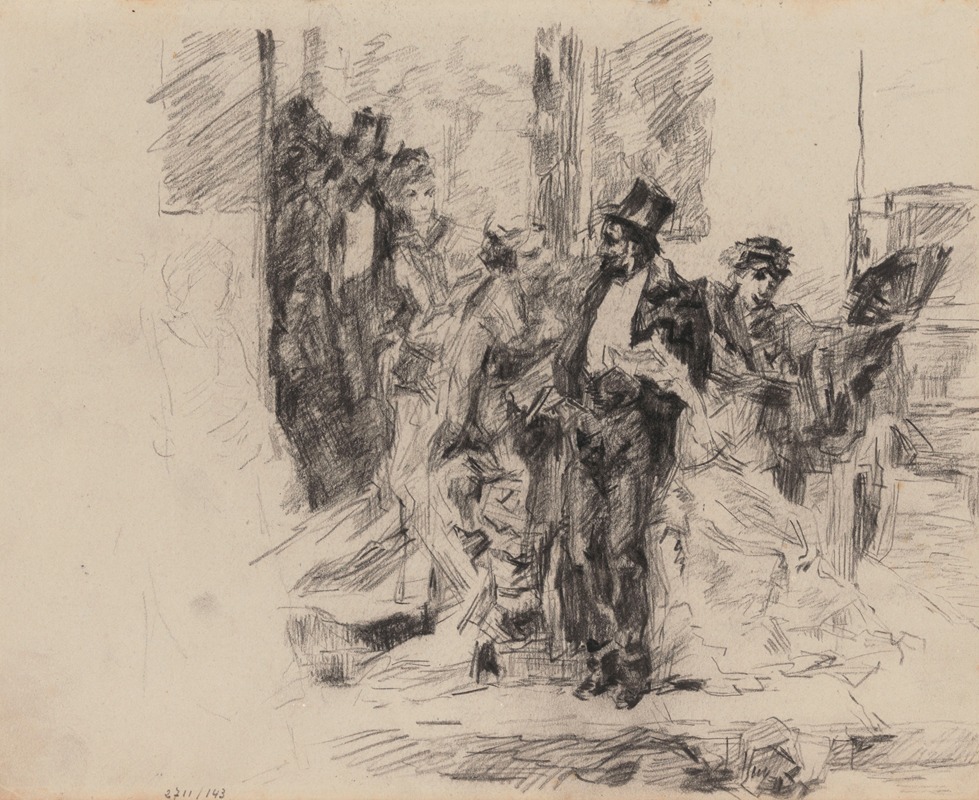
At Dawn
A hand-painted replica of James Ensor’s masterpiece At Dawn, meticulously crafted by professional artists to capture the true essence of the original. Each piece is created with museum-quality canvas and rare mineral pigments, carefully painted by experienced artists with delicate brushstrokes and rich, layered colors to perfectly recreate the texture of the original artwork. Unlike machine-printed reproductions, this hand-painted version brings the painting to life, infused with the artist’s emotions and skill in every stroke. Whether for personal collection or home decoration, it instantly elevates the artistic atmosphere of any space.
James Ensor's painting "At Dawn" is a notable work by the Belgian artist, who is renowned for his unique style and contribution to the Symbolist movement. Ensor, born in 1860 in Ostend, Belgium, was a pivotal figure in the transition from the 19th-century artistic traditions to the modernist movements of the 20th century. His work often features fantastical elements, vivid colors, and a distinctive use of light and shadow, which are evident in "At Dawn."
"At Dawn" captures a moment of transition, a theme that Ensor frequently explored in his work. The painting is characterized by its atmospheric depiction of the early morning light, which Ensor masterfully uses to create a sense of mystery and anticipation. The use of color in "At Dawn" is particularly striking, with soft, muted tones that convey the quiet and stillness of the early morning hours. Ensor's brushwork is both delicate and expressive, adding to the ethereal quality of the scene.
Ensor's fascination with light and its effects is a central aspect of "At Dawn." The painting reflects his interest in how light can transform a scene, imbuing it with a sense of the otherworldly. This focus on light is a hallmark of Ensor's style and is evident in many of his other works. In "At Dawn," the interplay of light and shadow creates a dynamic composition that draws the viewer into the scene, inviting them to experience the tranquility and beauty of the dawn.
The subject matter of "At Dawn" is typical of Ensor's oeuvre, which often includes landscapes, seascapes, and scenes from everyday life. However, Ensor's approach to these subjects is anything but conventional. He imbues them with a sense of drama and emotion, often incorporating elements of fantasy and the grotesque. While "At Dawn" is more subdued in its presentation, it still reflects Ensor's unique vision and his ability to capture the essence of a moment.
Ensor's work, including "At Dawn," was not always well-received during his lifetime. His unconventional style and subject matter often puzzled critics and audiences. However, his influence on later artists is undeniable. Ensor's exploration of color, light, and emotion paved the way for future movements such as Expressionism and Surrealism. Today, he is celebrated as a pioneer of modern art, and his works are held in high regard by art historians and collectors alike.
"At Dawn" exemplifies Ensor's artistic vision and his ability to convey complex emotions through his work. It is a testament to his skill as a painter and his innovative approach to art. The painting remains an important part of Ensor's legacy, showcasing his contribution to the development of modern art and his enduring influence on subsequent generations of artists.





